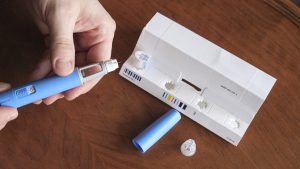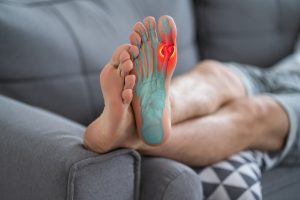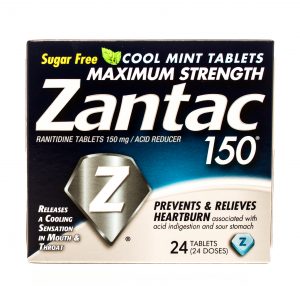 The health risks associated with working around dust from mines and rock quarries have been known for millennia. Recently, attempts have been made to reduce the prevalence of lung problems, such as silicosis, associated with exposure to silica dust. For example, in 2016, the Occupational Safety and Health Administration (OSHA) established respirable crystalline silica standards (regulations) for workers in the construction and general/maritime industries. Despite these rules, many workers still suffer from significant and often life-threatening lung problems due to silica dust. Many of these workers come from the granite or quartz countertops industry, especially those made from engineered stone. Let’s examine the connection between engineered stone and silicosis, and what legal remedies may be available.
The health risks associated with working around dust from mines and rock quarries have been known for millennia. Recently, attempts have been made to reduce the prevalence of lung problems, such as silicosis, associated with exposure to silica dust. For example, in 2016, the Occupational Safety and Health Administration (OSHA) established respirable crystalline silica standards (regulations) for workers in the construction and general/maritime industries. Despite these rules, many workers still suffer from significant and often life-threatening lung problems due to silica dust. Many of these workers come from the granite or quartz countertops industry, especially those made from engineered stone. Let’s examine the connection between engineered stone and silicosis, and what legal remedies may be available.
What Is Silica?
Silica is another name for silicon dioxide and is made up of the elements of silicon and oxygen. Silica is commonly found in nature, especially in minerals such as quartz and rocks such as granite (which contains quartz).
 North Carolina Product Liability Lawyer Blog
North Carolina Product Liability Lawyer Blog














